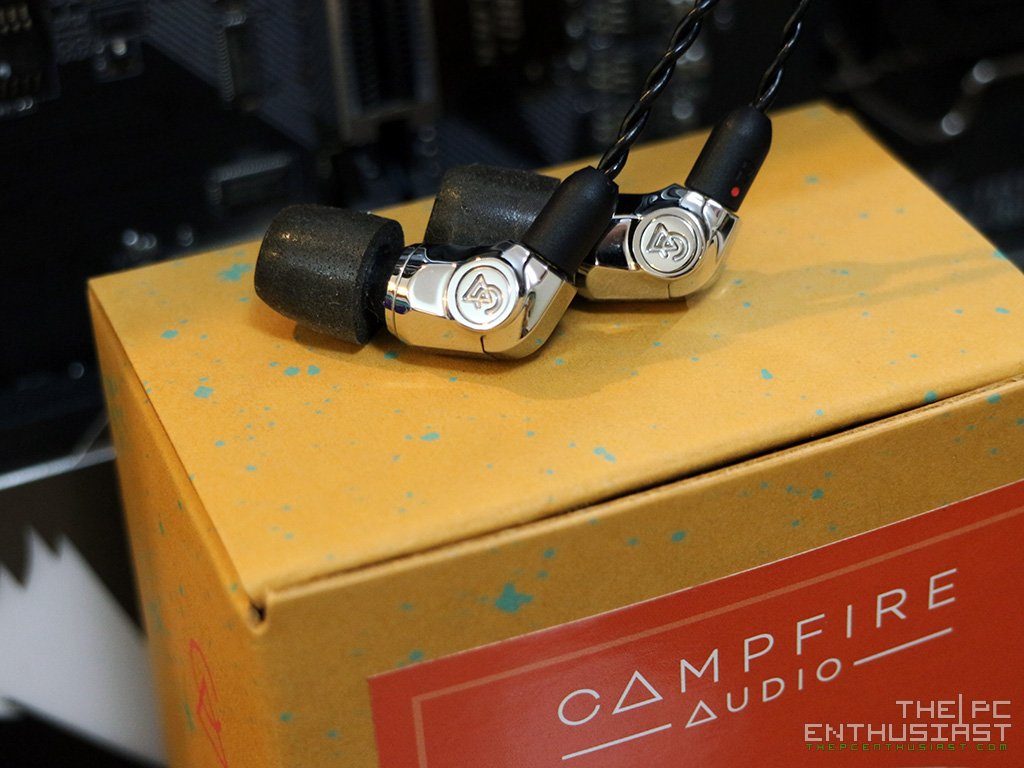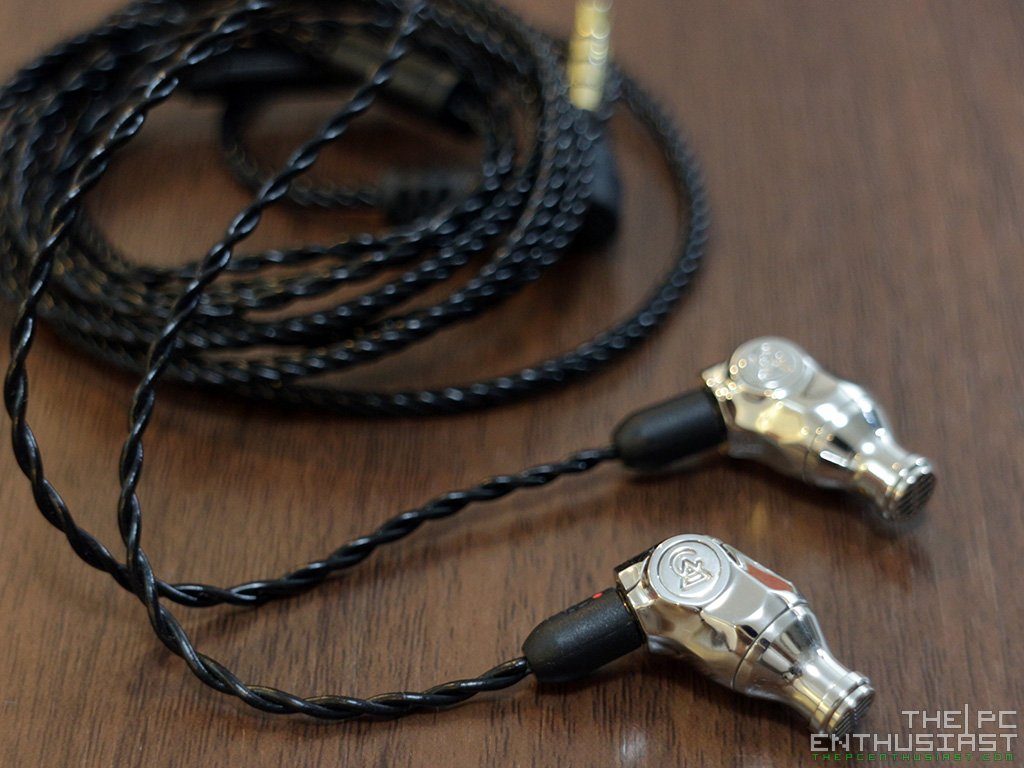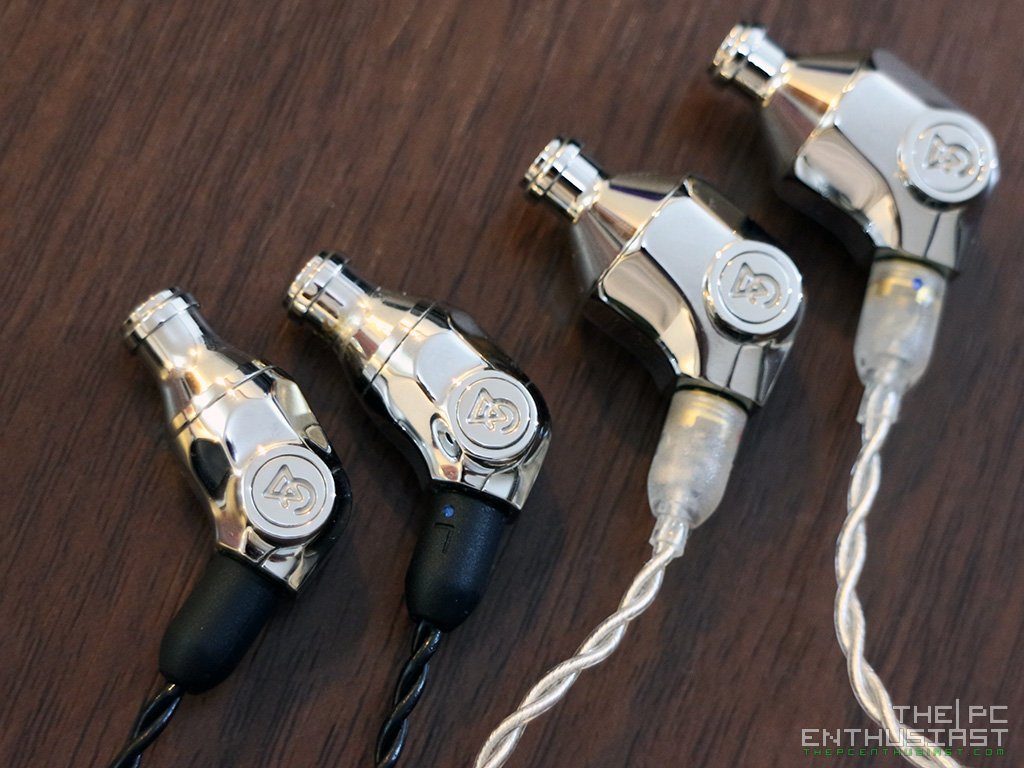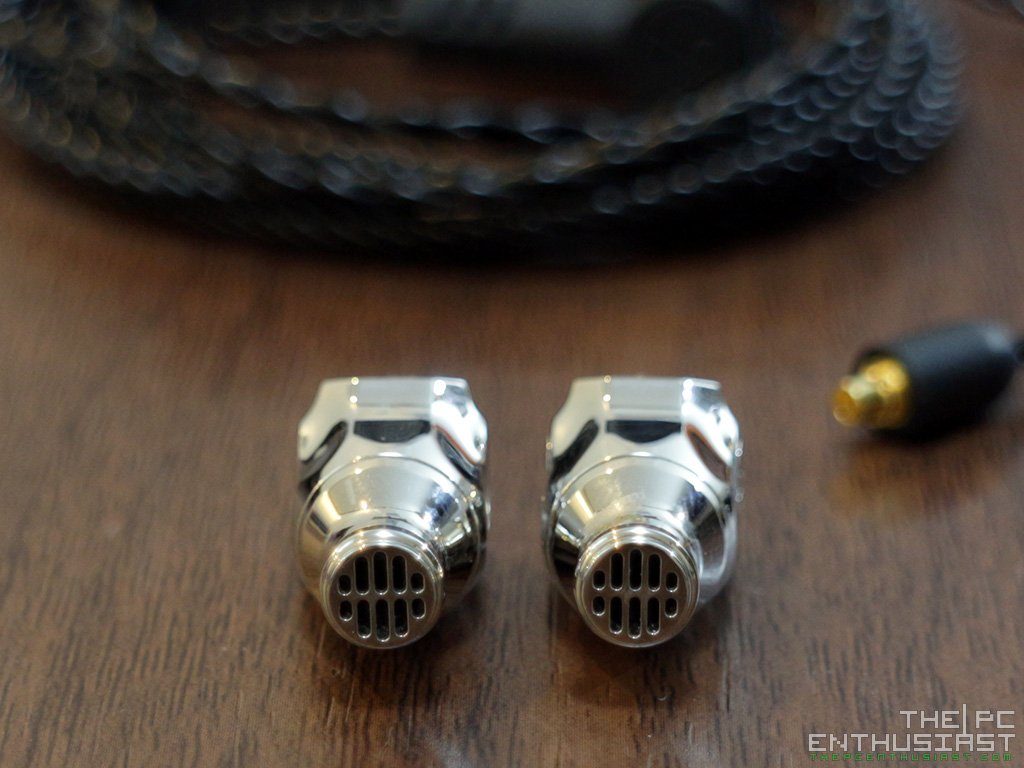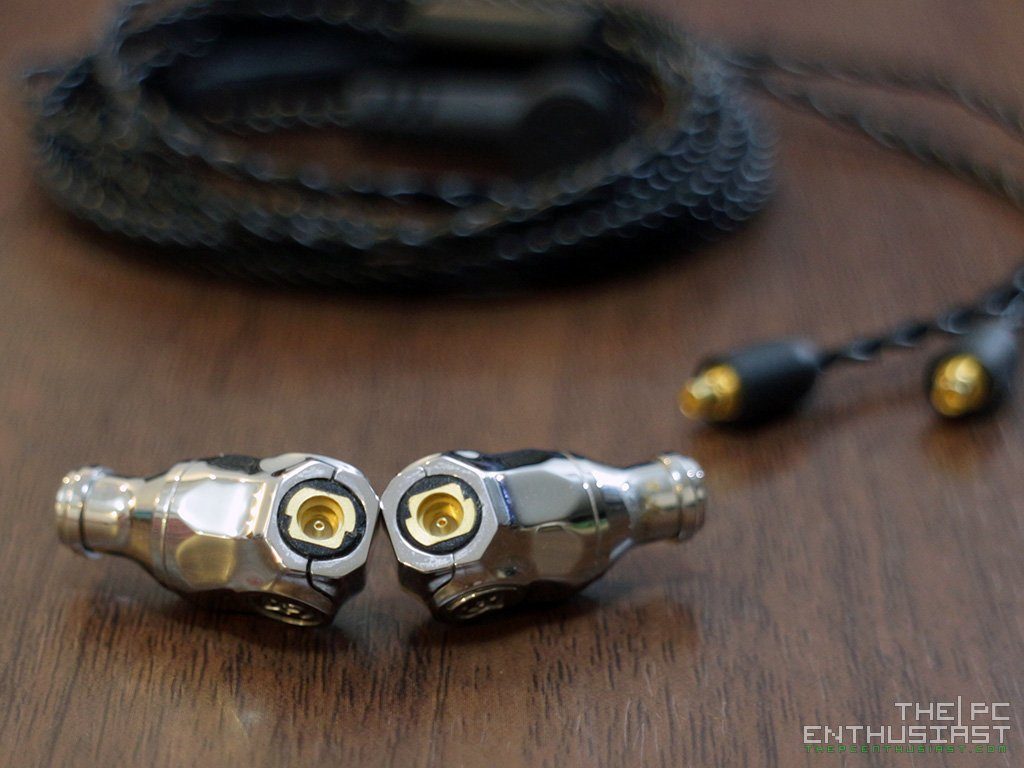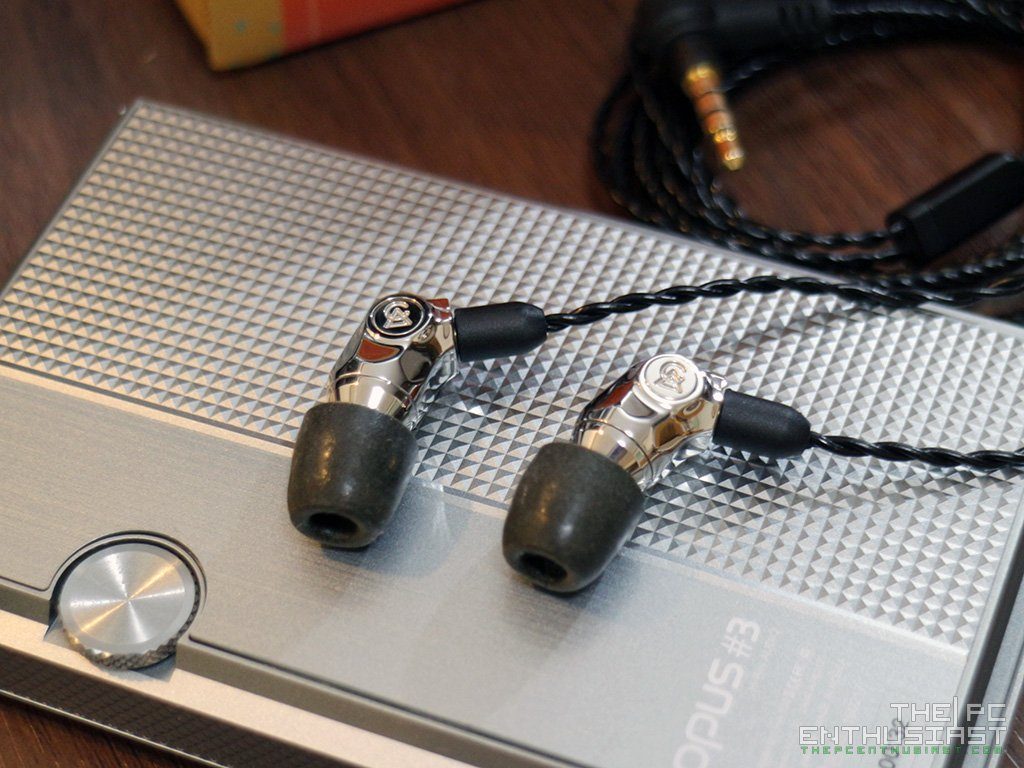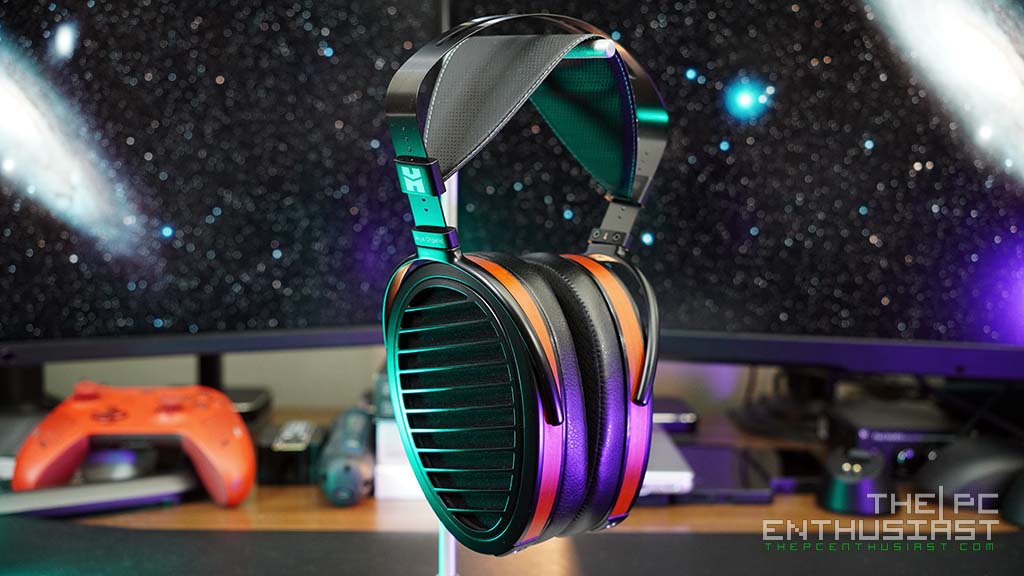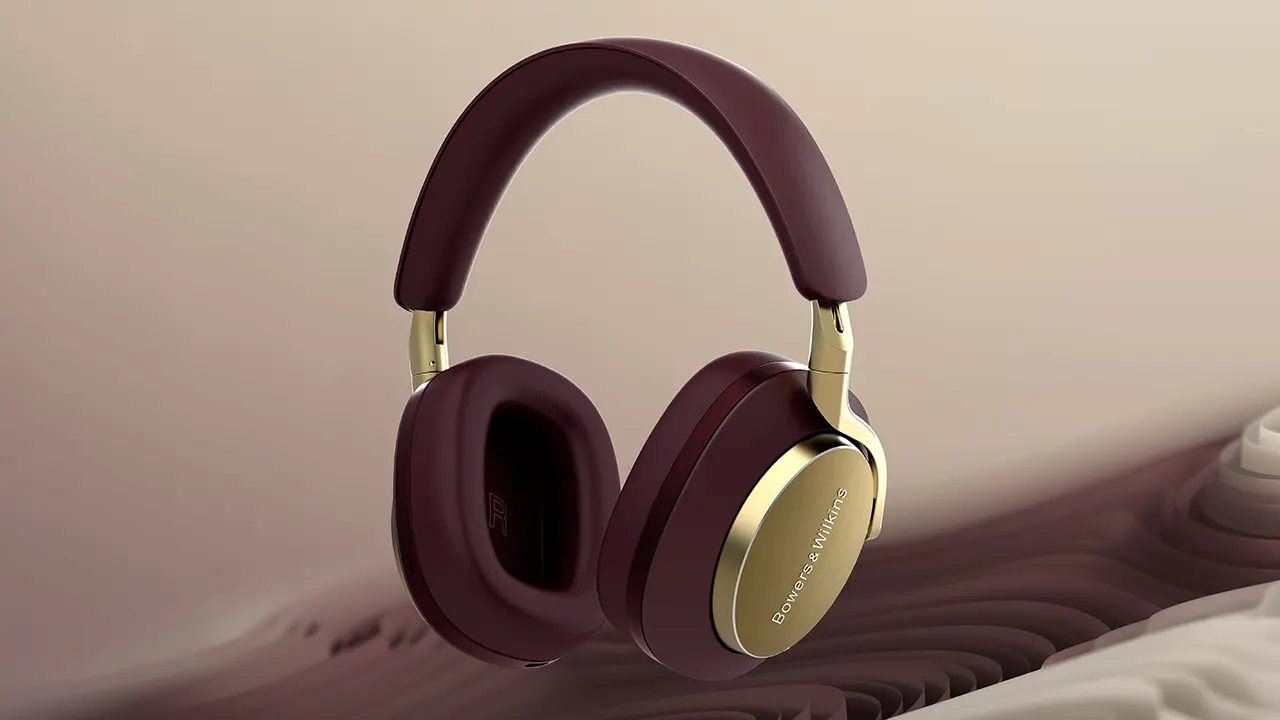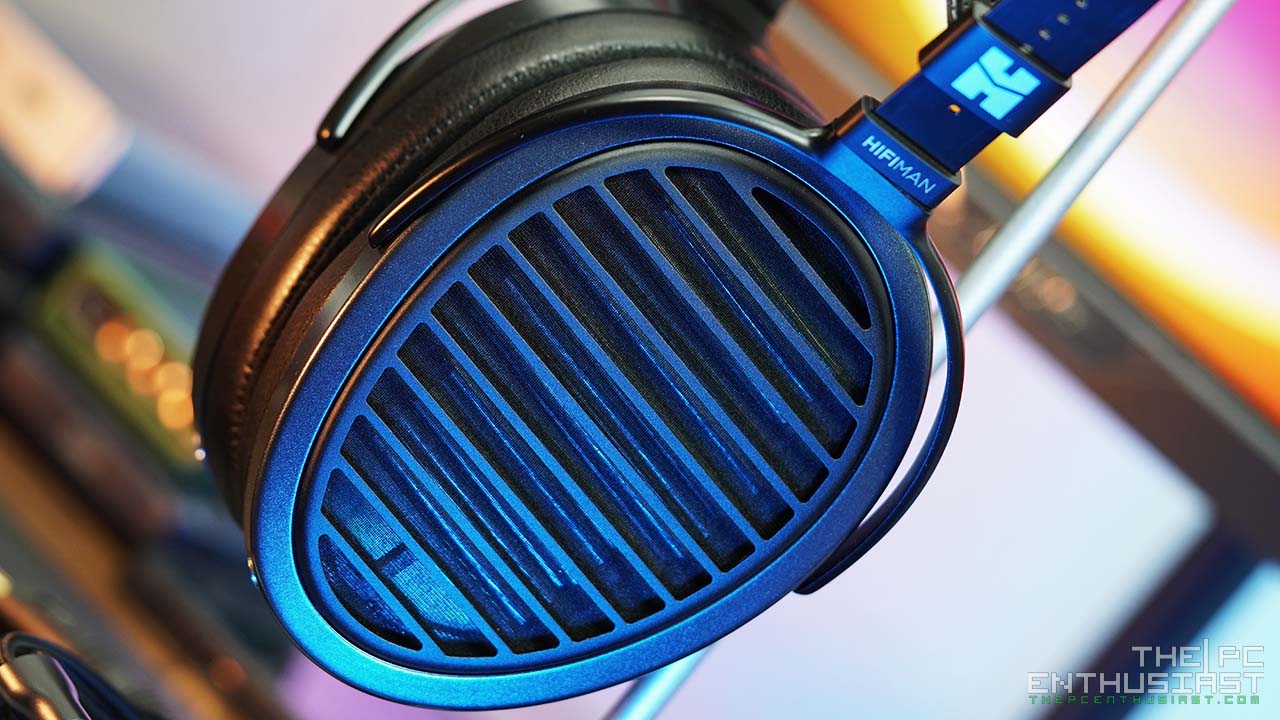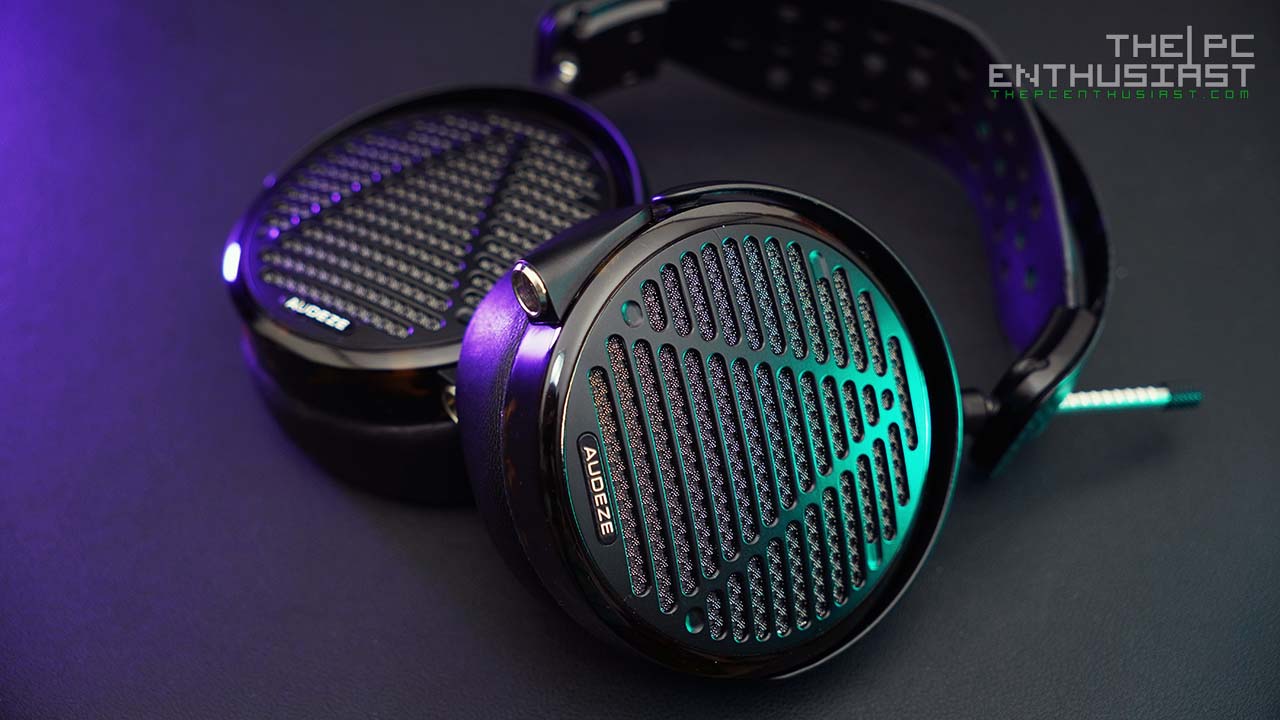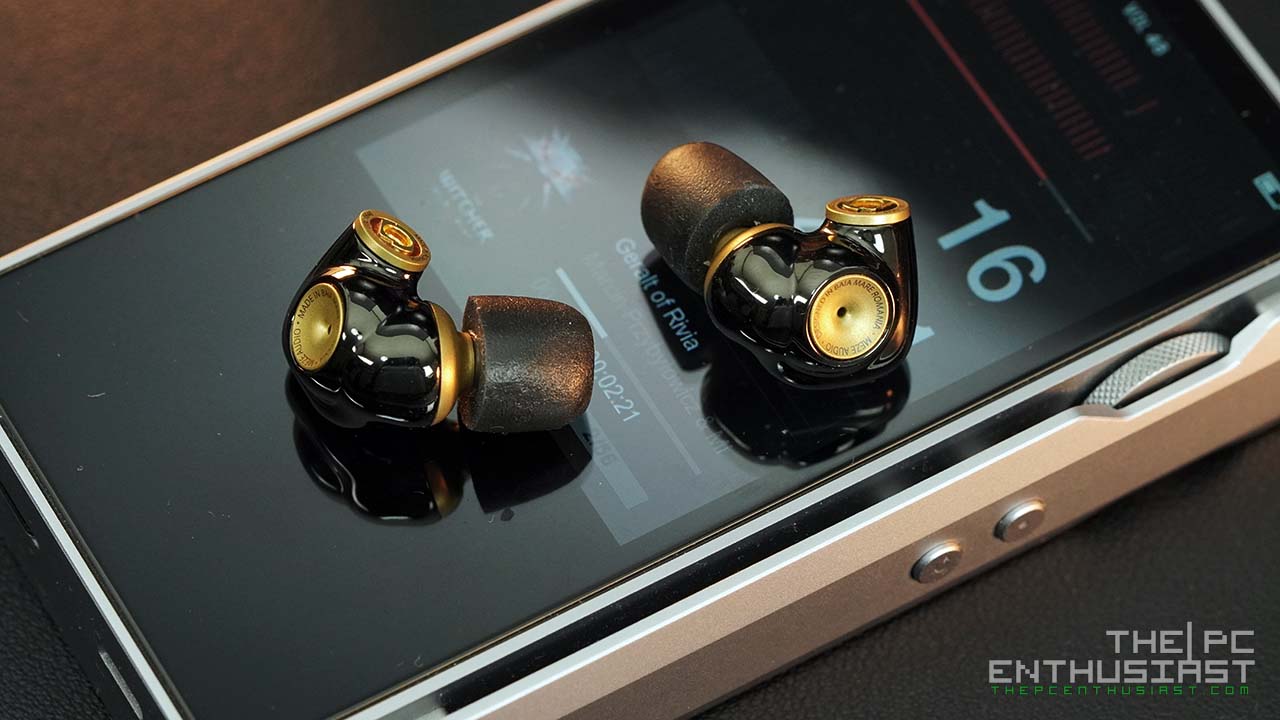Today we are going to review Campfire Audio‘s latest entry level earphone – the Comet. The Campfire Audio Comet earphone features a shiny stainless steel body enclosure / shell and a single balanced armature driver. Some of you might already be turned off at this point since it has only 1 BA per driver inside. However, the Comet features a custom design vented full range balanced armature driver. In fact, the first time I heard it, I thought it was using a dynamic driver because it doesn’t sound like a balanced armature driver at all. Many have already said great things about the Campfire Comet, but is the hype really real? Does it sound really good? TL;DR for an entry-level earphone from Campfire, yes it does! How good? Continue reading our Campfire Audio Comet review below and learn more about this earphone.
Campfire Audio Comet Review – Features and Specifications
The Campfire Audio Comet is the company’s latest entry-level earphone, designed to be a comfortable wear on the go. It features a low profile stainless steel body paired with a Copper Litz cable with 3-button control with mic; making it a good pair for mobile devices like smartphones and tablets. Of course, you can also use it with a dedicated portable audio player or connect it with a desktop setup in your home or office. Just be mindful of the gain setting.
The Comet features only a single Balanced Armature (BA) driver, but it’s no ordinary BA. It’s a custom vented full range balanced armature driver paired with Campfire Audio’s Tuned Acoustic Expansion Chamber (TAEC) to give the higher frequencies some extension. The stainless steel shells are drop forged, CNC machined and finally polishing it with a mirror finish.
It does feels solid on hand and the weight, although not that heavy, gives it a bit more premium feel to it. Campfire Audio is also using custom Beryllium copper MMCX connector providing a robust mating mechanism. The Copper Litz cable is similar with the cable on the Campfire Polaris, but the Comet has a 3-button control with mic for mobile use; very handy if you ask me.
Each Campfire Comet earphone is hand-assembled in Campfire Audio’s workshop in Portland, Oregon USA. As expected, Campfire’s team is very keen to details and their level of craftsmanship is superb. I have tried several of their IEMs, including portable DAC / AMPs like the Continental Dual Mono, and I can say that quality is a priority for them. Even the packaging is very nice and you get several ear tips, not to mention a carrying case as well.
Included in the package, you get a black textured earphone case; Campfire Audio Copper Litz cable with MMCX and 3.5mm termination; SpinFit earphone tips; Campfire Audio’s foam tips; silicon earphone tips; a Campfire Audio lapel pin and a cleaning tool. There’s also some reading materials and a warranty card.
In terms of specifications, the Campfire Comet features a frequency response of 20Hz–20kHz, with a 97 dB SPL/mW Sensitivity, and an impedance of 48 Ohms @ 1kHz.
Campfire Audio Comet Closer Look
The Campfire Comet looks very much similar with the Campfire Atlas. I wouldn’t quite call it it’s bigger brother; they are different despite having similar housing design. The Comet has a smaller housing compared to the Atlas, but the Atlas features a 10mm Dynamic driver and it is currently the company’s flagship IEM. So basically the Comet is at the bottom of their lineup, while the Atlas is at the top.
The holes on the nozzle of the Comet reminds me of an old school microphone or some retro design. The nozzle is not that big, so there is enough room for different types of earphone tips. Speaking of tips, I think it is crucial that you do tip rolling with the Comet. And by “tip rolling”, I mean you try and test the available tips (even use third party ones if available) to see which one would fit you and your taste best. Because, aside from the source, the tips do change or affect the sound coming from the Comet’s driver – either making it better or not.
The stainless steel shell of the Campfire Comet is very shiny and it is definitely small enough to fit most, if not all, ear types and sizes. It’s not an ear loop type design; so you just plug it in and let the cables hang from your ears. I know some people would prefer this, but I personally prefer the ear hook type as it helps prevent accidental pulls.
The Comet also feels very solid and robust, but what makes it shiny and attractive could also be one of its cons. The surface is (very) prone to scratches. You definitely do not want to put it on top of something rough or coarse; or put it together with other (hard) objects inside your pouch or bag. Good thing they included small pouches for each driver, aside from the carrying case.
Testing and Subjective Listening
Like I mentioned earlier, the Campfire Comet doesn’t sound like it is using a balanced armature driver. It sounded like it has a dynamic driver inside or perhaps a hybrid. This is due to the customized vented balanced armature driver and the design of the chamber. I also noticed that it’s a bit harder to driver compared to other IEMs that I have, like the Andromeda and Atlas. And by “harder to drive”, I mean I needed to increase the volume a little bit more to reach the same listening volume I used with other IEMs. Do note that since there is only a single balance armature driver inside each shell, I do not recommend that you use a (powerful) amp or a source on high gain setting. Too much volume or power could cause some distortions and may damage the driver in the long run.
Generally speaking, the Campfire Comet is a bit warm sounding. Campfire Audio has designed or tuned the Comet so that it can “deliver crisp snare drums as well as the thump of the kick”. If your source or player has a warmer sound signature, it may reveal more of the lows of the Comet. Whereas, if the source is on the brighter side, the Comet tends to reveal or emphasize the treble. I think it is source dependent, perhaps somewhat revealing or “flexible”.
The Campfire Comet does have a good amount of sound staging; however not so much when it comes to layering and instrument separation. The Andromeda, for me, has a superb imaging and layering and great sound staging as well. Also I find that it is somewhat lacking when it comes to micro details. Critical and analytical listeners may not find the Comet up to their standards.
The bass on the Campfire Comet is surprisingly good, that’s because it sounds like a dynamic driver despite using a balanced armature driver. It offers a decent amount of rumble, and the bass has a fast decay to it. However, I feel that it lacks that oomph or bass punch that you (may) usually hear from a dynamic driver. Sub bass isn’t its forte, but bass is definitely there. Compared to a (bass) sound produced by a dynamic driver, I noticed that the Comet’s bass is somewhat missing in texture. Again, using an appropriate tip will make it sound warmer, good thing the box comes with several different tips to play with.
It is in the lower mids to upper mids where the Campfire Comet shines. The mid-section is clear, somewhat forward sounding (depending on your setup and music), not in your face kind but not laid back as well. To my ears I think it’s rich and lush especially if you match it with an ear tip that “fits your ear” perfectly. But it is still generally warm sounding overall without any traces of sibilance, especially when it comes to female or high pitched voices.
It does have a decent treble presence with airiness, it’s not sibilant in any way. But I find that it lacks a bit of extension or perhaps the treble section is rolled off sooner. People who are looking for that “glorious highs” may not find it on the Comet. Better direct your ears to the likes of Andromeda. Campfire did say that the balanced armature inside is tuned for low-mid fullness and the high frequency extension relies on the “magic” of the Tuned Acoustic Expansion Chamber.
Campfire Audio Comet Review: Conclusion
Hi-res or “audiophile-type” earphones are mostly expensive (at least compared to the mainstream ones) and usually are on the mid to top of the line price range. It’s good that Campfire Audio introduced and released the Comet that comes with a competitive price tag. And by competitive, I am referring to its competitors on the same price range or caliber. If I have to describe the Comet figuratively, I’d say it’s about 1/5 of the Andromeda in terms of sound, number of drivers used and price.
As expected from Campfire Audio, build quality is top notch; even the packaging and its contents is no short of impressive. The copper litz cable with control and mic makes it a really good companion for people who are on the go. Again, this isn’t an earphone for analytical or critical listening. It’s an earphone designed to be musical, something that you can use to listen and enjoy your music right away without sacrificing (too) much on the audio quality side.
Despite some of its short comings, like the lack of treble extension and micro details, I find the Campfire Comet to sound very good considering its price range. I think it’s great for people who are looking for something warm sounding where the emphasis is more on the lower mids to upper mids. Just be sure to play with the ear tips because it does somewhat affect the sound characteristics. The Comet is currently the company’s entry-level earphone and at the time this review was published it comes with an MSRP of $199 USD. You can grab one here.

